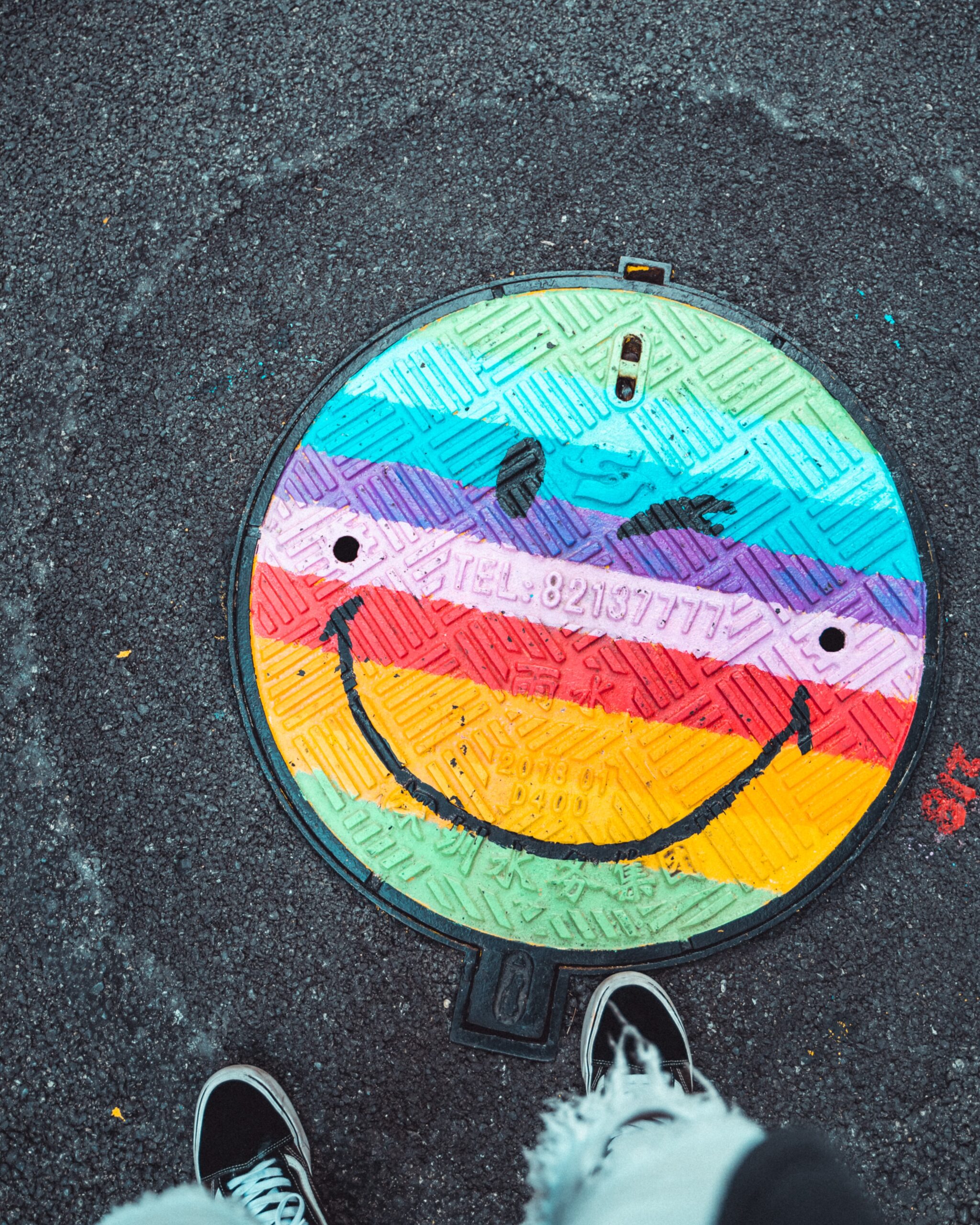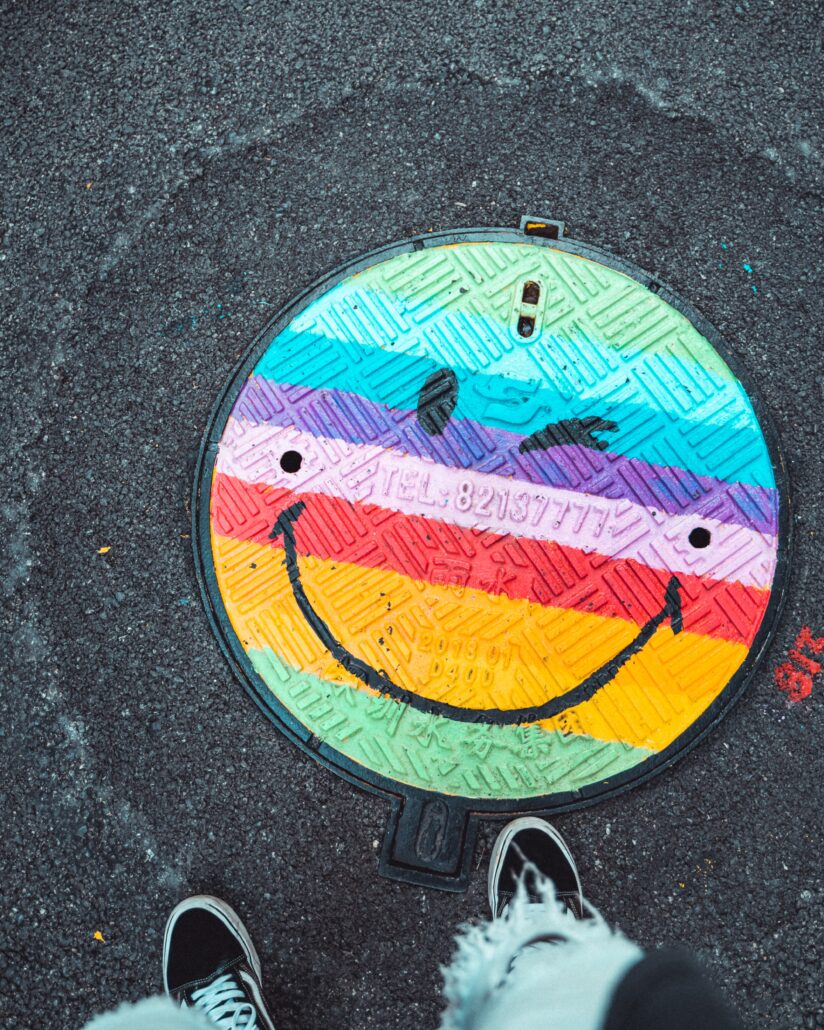We’ve all been there: feeling stress from relationship troubles, overwhelming schedules, and the pressures of daily life. While stress is a normal bodily response to perceived threats, it doesn’t feel good. It makes you anxious, sad, and irritable, and it often leads to physical ailments like headaches, insomnia, and digestive problems. Emotionally, it can zap our happiness and overall well-being.
The problem with stress arises when we keep it alive with our thoughts. It becomes familiar as if it were any other habit or daily routine. Unfortunately, ruminating about past events or worrying about the future can bring these stressors into our present moment, even when they aren’t happening right now.
Our reactions to daily mental dramas can sometimes worsen the situation. But fortunately there are also ways in which managing stress can lead to personal growth and be a catalyst for positive change.
Read on for how to make stress your friend and 3 simple tools that you can implement today to break your daily stress routine.
Tool #1: Reframe your relationship with stress
If your current view of stress is that it’s debilitating, it will likely increase your anxiety and lower your happiness. However, thinking differently about stress—as if it’s a potential friend that can enhance your life—can actually improve your well-being.
Research shows that people who believe stress can be beneficial tend to exhibit more optimism, perform better at work, and even experience improved physical health. By changing your mindset, you can transform stress from a hindrance into a catalyst for positive change.
Research shows that people who believed that stress was good for them, showed more optimism, better performance at work, and even better physical health.
Use this tool the next time you feel stress or anxiety in your body:
- As you notice the sensations in your body, think about all the oxygenated blood rushing to your muscles and brain, doing so to make you stronger. Your racing heart, sweaty palms, and butterflies in your stomach are evidence of your body preparing you for performance, whether it’s a conversation, a work project, or a big presentation.
- Silently repeat to yourself that you can handle it. Remind yourself that this stress is a sign that you care about the outcome and that your body is gearing up to help you succeed.
- Take a few deep breaths, which can help center your mind and focus your energy. Consider stress as a boost of energy that can enhance your creativity and problem-solving skills.
By simply thinking of stress as something helpful and useful rather than damaging and defeating, you can prevent your body from chronically releasing substances that cause inflammation, often experienced by those who feel overwhelmed by stress.
Tool #2: Start a gratitude practice
Building a positive mindset is a long-term practice that can carry you through various situations. To train yourself to appreciate the stress from a tough meeting at work or a challenging yoga session, you must return to a positive mindset.
This is crucial when life feels chaotic. Training your brain to default to a new mindset and apply it to situations like when your car breaks down, your dog throws up on the carpet, or you lose your wallet is simpler than you might think. This is where gratitude journaling comes in.
Take 2 minutes each day to find 3 new things to be grateful for and write them down for 21 days. This practice can help you shift your focus from stress to positivity, enhancing your overall well-being.
Tool #3: Look for new ways to get stressed out
While this may sound counterintuitive, intentionally introducing certain types of stressors is exercise for your nervous system. You can do this by creating a short episode of stress that gets your heart racing and blood pumping. Choose a stressor that you can control, so you can train your autonomic nervous system to return to its rest + digest mode.
A great example is exercise. Even short bursts 3-5 times a week can reverse the affects of “inflamm-aging”.
Between mindset, gratitude, and nervous system training you can protect yourself from the negative effects of stress and transform it into a powerful ally.

Our daily stressors aren’t going away anytime soon. This doesn’t mean you have to endure the negative health and happiness effects of chronic stress. It takes support and guidance to develop a new mindset, establish new behaviors and responses, and focus on controlling the things that improve your life. It’s also about accepting the things you can’t change.
That’s where I come in. Check out my Everyday Joy coaching program and schedule a complimentary 30-minute chat to see how I can support you in navigating stress more effectively, prioritizing better health, and savoring more moments of calm and joy.







